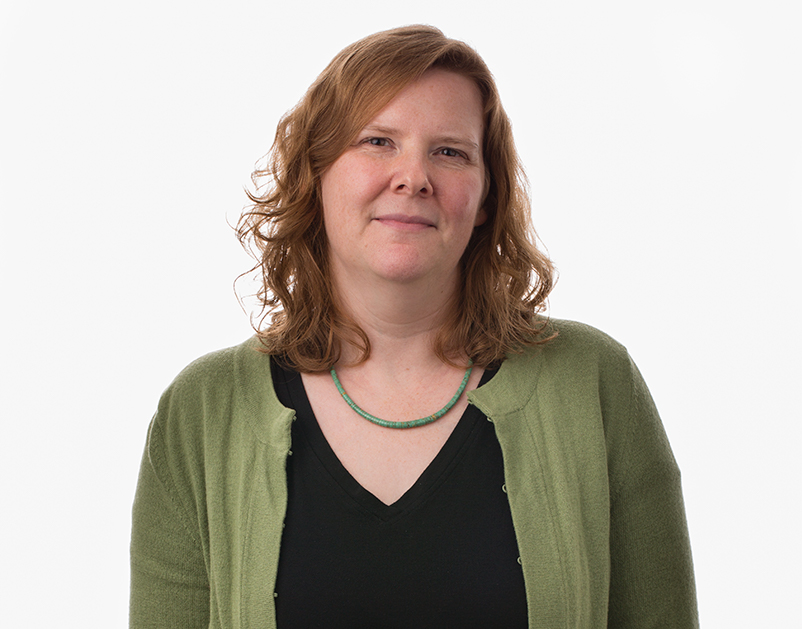
How did your book come to be?
In the National Library in Madrid, I found newspaper articles published in Spain in 1946 by a Spanish political prisoner sent to Mauthausen. They include propaganda and anti-Semitic language—what we now understand as Holocaust-denial. But they also tell the story of one person’s survival in a Nazi camp, only a year after the war. This was during dictatorship Spain: Franco had not acknowledged that there were ever Spaniards in Nazi camps, so these articles were an incredible discovery.
How did the Spanish prisoners end up at Mauthausen?
They’d fought against Franco in the Spanish Civil War and fled to France, where many volunteered or were coerced into resistance efforts. When France fell to the Nazis, Franco would not accept them back. That’s a dark history to try to confront. By ignoring the exiled Spaniards, the Franco regime was complicit in sending them to a Nazi camp. And people in Spain have been taught for decades that Franco helped Jews escape Nazi persecution—which is essentially a myth.
What was the fate of these political prisoners?
There was no Final Solution for the Spaniards at Mauthausen; they weren’t subject to what we understand as the Holocaust. What they suffered was slave labor. They were made to build Mauthausen. Mauthausen is a giant concrete fortress in Austria, and the Spanish prisoners carved the stone that built the camp. Between the forced labor and other abuses, the majority of them died at the hands of the Nazis.
How does your book research factor into your teaching?
I’m developing a course, “Spain, World War II and the Holocaust,” about crossed paths between Spanish Republicans and Jews. While Spaniards were fleeing Spain, Jews were trying to flee Europe through Spain.
Photo by: Maria Stenzel